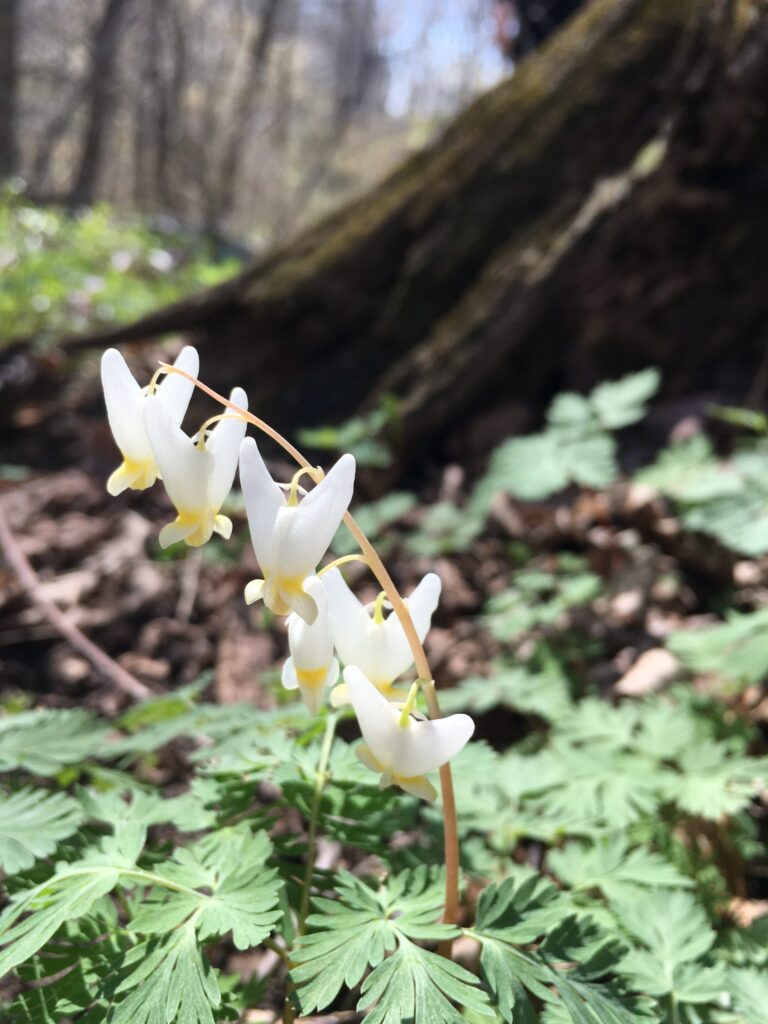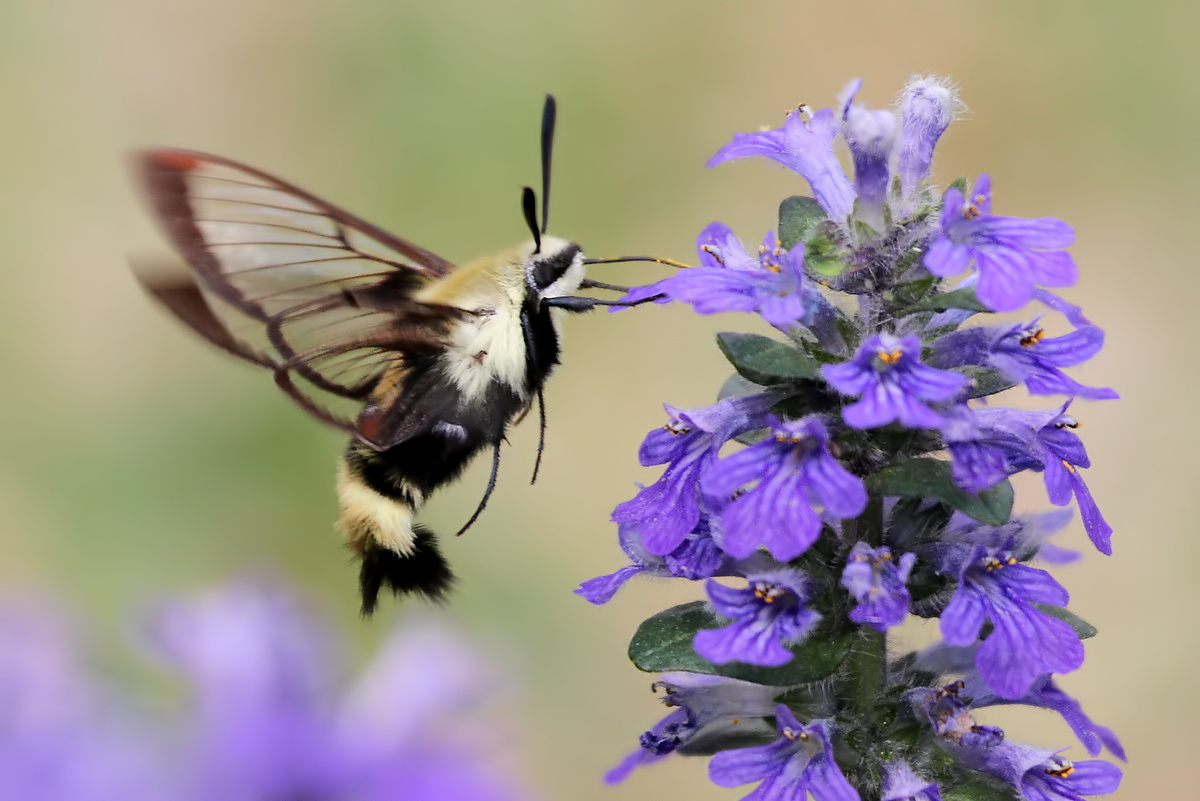“If you don’t like the weather, just wait an hour,” a Midwestern slogan that seems to hold true. I have never lived anywhere with such radical temperature swings. Some weeks, it’s sandals on Monday, then winter coats on Wednesday. In early and mid-spring, our variable weather is even more pronounced when it comes to rain. Can you imagine a morning downpour so heavy it sounds like frenzied woodpeckers on your gutter, but have beautiful skies by noon? If you are reading this in the Midwest, then you can imagine that scenario, and you call it, “April.”
Wild weather in our area can be traced back to geography. Because the earth rotates counter-clockwise (when viewed from the north pole), weather moves from west to east. When colder air from Canada meets warmer air from the South, it creates a jet stream over the Midwest. This jet stream is an extremely fast moving channel of air that storms can “ride” at more than 250mph from the Rockies, past our doorstep, to the East Coast.
One of the first things you will notice when you step outdoors after rain is the smell: a heady, earthy aroma that permeates the air. It is the epitome of freshness. We may call the smell, “after rain,” an apt and serviceable description, but the aroma’s true name is “petrichor.”
It is caused by a bacteria that lives in nearly all soils. It thrives in damp soil and produces spores when the ground dries. The force of raindrops striking the ground kicks up the spores, starting a molecular process that results in the “after rain” smell. The moist air from rain acts as an aerosol, carrying the spores through the air and into our nostrils.
On a post-precipitation walk, you may see worms stretched along the sidewalk or trail. One of the first facts about nature you may have learned as a kid is worms crawl from the ground after rain to avoid drowning. Researchers disagree with the aforementioned saturated soil theory. Multiple studies show worms can live submerged for more than two weeks.
The generally agreed upon cause has to do with air moisture. Moving soil is not an easy process for worms. Getting to new territory is very energy consuming. The surface offers far fewer obstacles, but worms require moisture and dry air is a quick way to dehydrate and die. When the air and ground is damp, worms are veritable sprinters. Making themselves easy prey to birds, toads and inattentive walkers is the trade-off.
Continuing your misty meandering, you will likely hear frogs after rain. Frogs and toads sing to attract mates. Fresh pools, puddles and rivulets are ideal places for females to lay eggs. Males will take advantage of the extra reproductive real estate and call out with incessant intensity. Additionally, raindrops sometimes knock flying insects from the air, making a convenient ground-level meal.
And, after a month of April showers, May flowers will have arrived! Starting in April, the forest floors are blanketed with a rainbow of wildflowers in myriad textures, hues and shapes. Patches of beautiful Virginia bluebells, delightful trout lilies, and elegant white trillium are connected by the delicate small white spring beauty flowers. After a drizzle, vibrant flowers peeking through the mist will turn your rainy day walk into a magical forest adventure.
To conclude April and celebrate the smells, sights and sounds that rain brings, Red-tail Land Conservancy invites the community to wander along the wildflowers at Frank and Phyllis Yuhas Woods on Sunday, May 2 from 1pm-4pm. Only open to the public a couple of times each year, Yuhas Woods boasts one of the most diverse bouquets of wildflowers in east central Indiana. More information on this self-guided exploration event can be found at www.ForTheLand.org/Events.
Kelley V. Phillips is the Communications & Outreach Manager for Red-tail Land Conservancy. She strives to cultivate wonder in nature and action to protect it.
Photo by Rachel Walker




